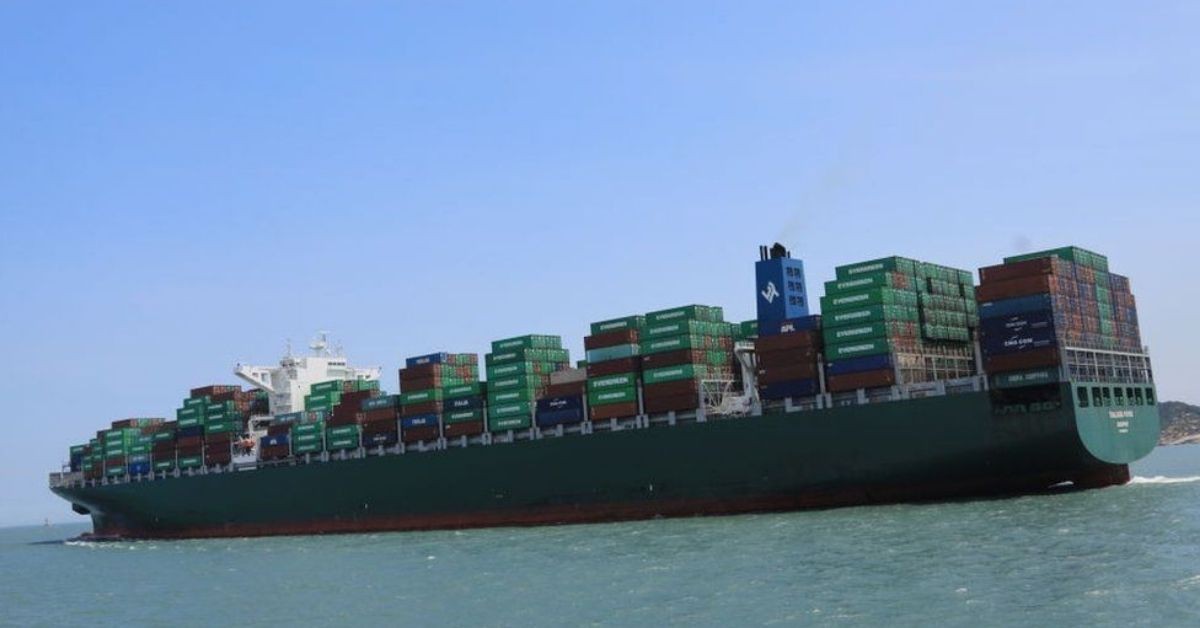Both in a standard Organisation for Economic Co-operation and Development (OECD) port and in a highly trafficked seaway the operation of open loop scrubbers “did not create an unwarranted risk,” according to an ecotoxicity study by the Exhaust Gas Cleaning System Association (EGCSA), which was undertaken in accordance with the IMO GESAMP (Group of Experts on the Scientific Aspects of Marine Environmental Protection) guidelines.
In November 2020, the authors of a study published by the International Council on Clean Transportation (ICCT) said the International Maritime Organization (IMO) should consider prohibiting the use of scrubbers on newbuild ships and phasing out scrubbers on existing ships.
In the meantime, during Week 24, Marine Bunker Exchange (MABUX) World Bunker Index has turned into moderate upward evolution with the 380 HSFO index increasing to US$447.50/MT, the VLSFO index rising to US$551.89/MT, while the MGO index climbing to US$644.98/MT.

Additionally, the MABUX Amsterdam Rotterdam Antwerp (ARA) LNG Bunker Index, which represents the average price of LNG as a marine fuel in the ARA region, has decreased to US$631.07/MT.

At the same time, the average value of the LNG Bunker Index has increased by US$17.09, while the average price for MGO LS for the same period has risen by US$13.66/MT and the average price difference between bunker LNG and MGO LS in Rotterdam has increased slightly, reaching US$56.73.

Furthermore, the average weekly Global Scrubber Spread (SS) – the difference in price between 380 HSFO and VLSFO – has fallen to US$104.68. At the same time, the average value of SS Spread in Rotterdam has also decreased to US$114. In Singapore, the average SS Spread has slightly risen to US$118.17.

Moreover, the correlation of MABUX MBP Index (Market Bunker Prices) vs MABUX DBP Index (MABUX Digital Benchmark) in the four global largest hubs during the past week has shown that all the three 380 HSFO, VLSFO and MGO fuels are undervalued in all four selected ports.

Source : Container-News







